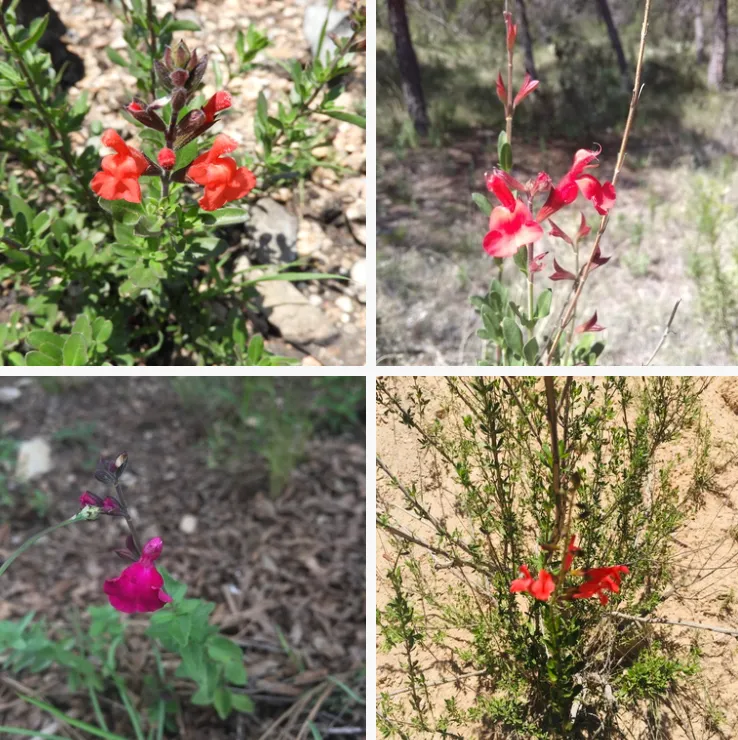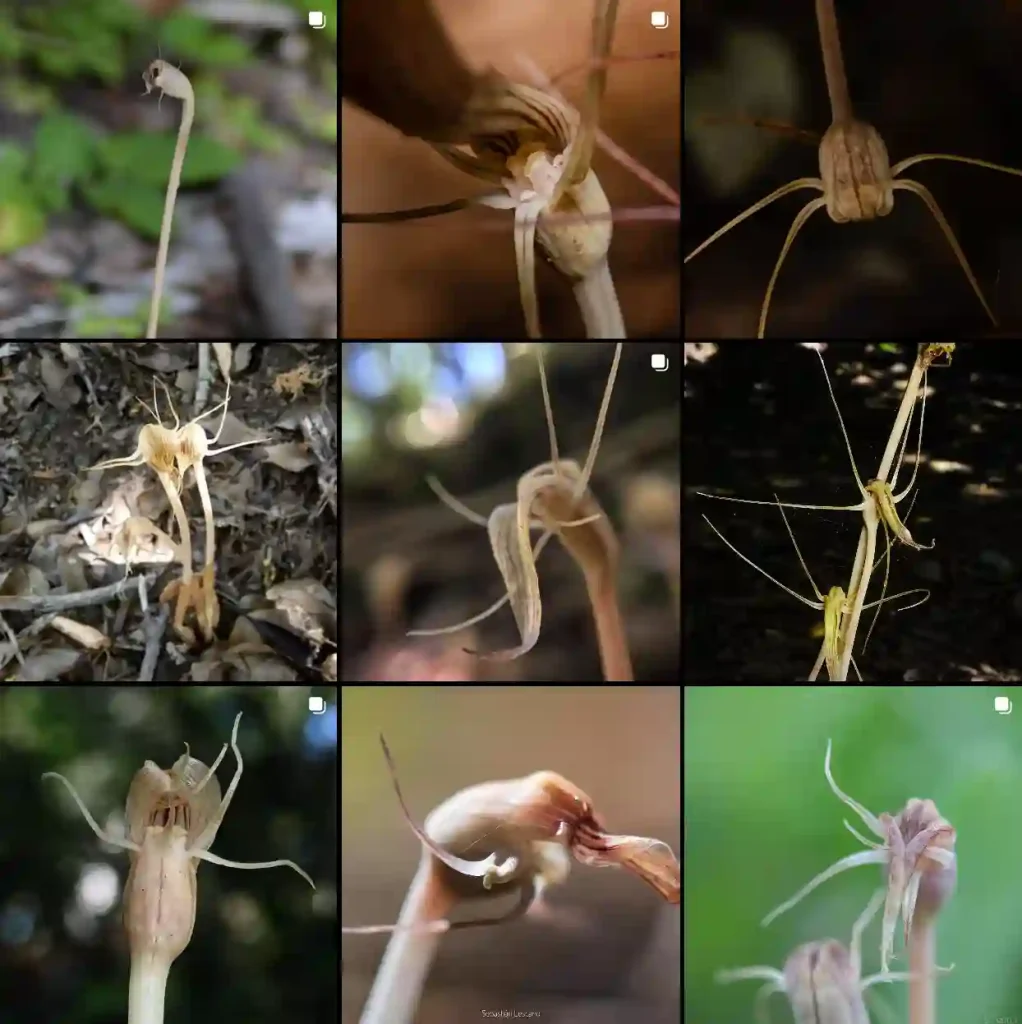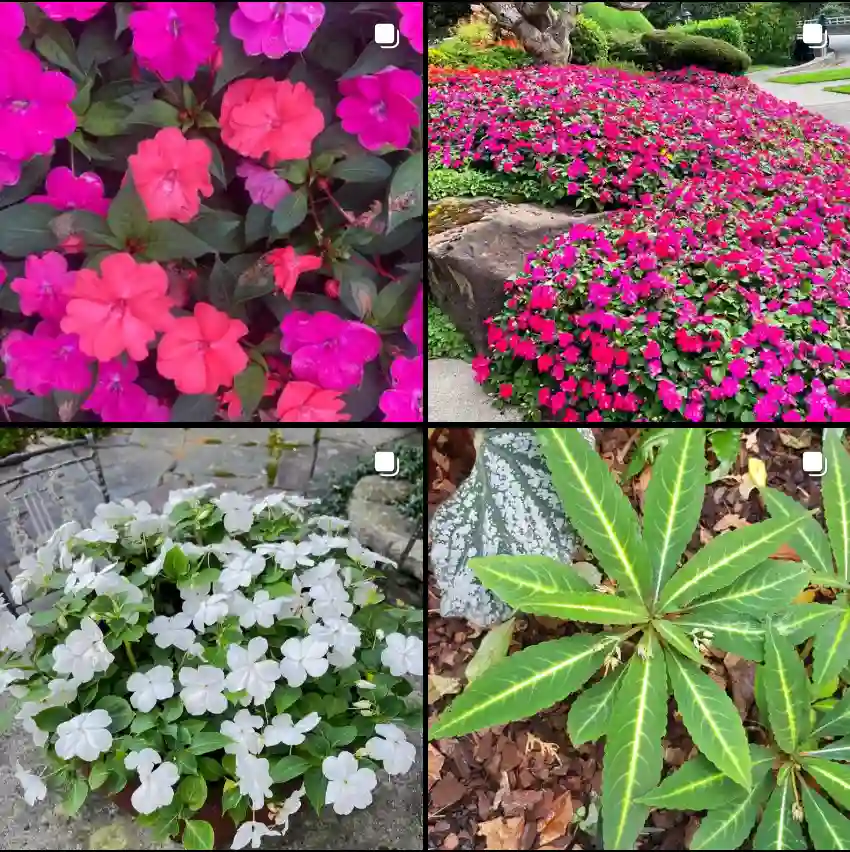My Fascination with the Monimiaceae Family
As a botanist, I’ve always been captivated by the sheer diversity and intrigue of the plant kingdom. One family that particularly piques my interest is the Monimiaceae. This family, with its unique characteristics and evolutionary history, offers a fascinating glimpse into the complex tapestry of life on Earth.
The Monimiaceae: A Brief Overview
The Monimiaceae family is a group of flowering plants that primarily inhabit tropical and subtropical regions. They are known for their aromatic foliage, often containing essential oils with distinctive scents. The family boasts a wide range of growth forms, from towering trees to sprawling shrubs and even lianas. This diversity in morphology reflects the family’s adaptability to various ecological niches.
One of the defining features of the Monimiaceae is their unique floral structure. The flowers are often small and inconspicuous, but they possess a remarkable complexity. They typically have a perianth (the collective term for the sepals and petals) that is not clearly differentiated into distinct sepals and petals. Instead, the perianth segments are often similar in appearance, creating a subtle and elegant floral display.
Genera Within the Monimiaceae
The Monimiaceae family encompasses a diverse array of genera, each with its own distinct characteristics and evolutionary history. Some of the notable genera within this family include:
- Monimia: This genus is considered the namesake of the family and is known for its aromatic leaves and small, greenish flowers.
- Hedycarya: This genus includes trees and shrubs with simple, opposite leaves and small, unisexual flowers.
- Tambourissa: This genus is characterized by its large, leathery leaves and its unique fruit capsules, which resemble miniature tambourines.
- Mollinedia: This genus includes trees and shrubs with alternate leaves and small, bisexual flowers.
- Kibara: This genus is known for its distinctive inflorescences, which are often borne on the trunk or branches of the plant (a phenomenon known as cauliflory).
- Austromatthaea L.B.Sm.
- Decarydendron Danguy
- Ephippiandra Decne.
- Grazielanthus Peixoto & Per.-Moura
- Hemmantia Whiffin
- Hennecartia J.Poiss.
- Hortonia Wight ex Arn.
- Kairoa Philipson
- Kibaropsis Vieill. ex Jérémie
- Laureliopsis Schodde
- Lauterbachia Perkins
- Levieria Becc.
- Macropeplus Perkins
- Macrotorus Perkins
- Matthaea Blume
- Palmeria F.Muell.
- Parakibara Philipson
- Pendressia Whiffin
- Peumus Molina
- Steganthera Perkins
- Wilkiea F.Muell.
- Xymalos Baill.
The Evolutionary Significance of the Monimiaceae
The Monimiaceae family holds a significant place in the evolutionary history of flowering plants. They are considered to be an ancient lineage, with fossil evidence suggesting their presence dating back to the Cretaceous period. This long evolutionary history has allowed the family to diversify into a wide range of forms and ecological niches.
One of the intriguing aspects of the Monimiaceae is their biogeographical distribution. The family is primarily found in the Southern Hemisphere, with a concentration in Australasia, South America, and Madagascar. This distribution pattern suggests that the family may have originated in the ancient supercontinent of Gondwana and subsequently diversified as the continents drifted apart.
The Economic and Cultural Importance of the Monimiaceae
The Monimiaceae family has a long history of human use and cultural significance. Many species within the family are valued for their aromatic essential oils, which are used in perfumes, cosmetics, and traditional medicine. Some species also have edible fruits or seeds, while others are used for timber or as ornamental plants.
In addition to their economic importance, the Monimiaceae also play a vital role in the ecological balance of their native habitats. They provide food and shelter for a variety of animals, including insects, birds, and mammals. Their presence also contributes to the overall biodiversity of their ecosystems.
Conclusion
The Monimiaceae family is a testament to the wonders of the plant kingdom. Their unique floral structures, diverse growth forms, and ancient evolutionary history make them a subject of endless fascination for botanists and nature enthusiasts alike. As we continue to explore and understand this remarkable family, we gain a deeper appreciation for the intricate web of life on our planet.
If i die, water my plants!



